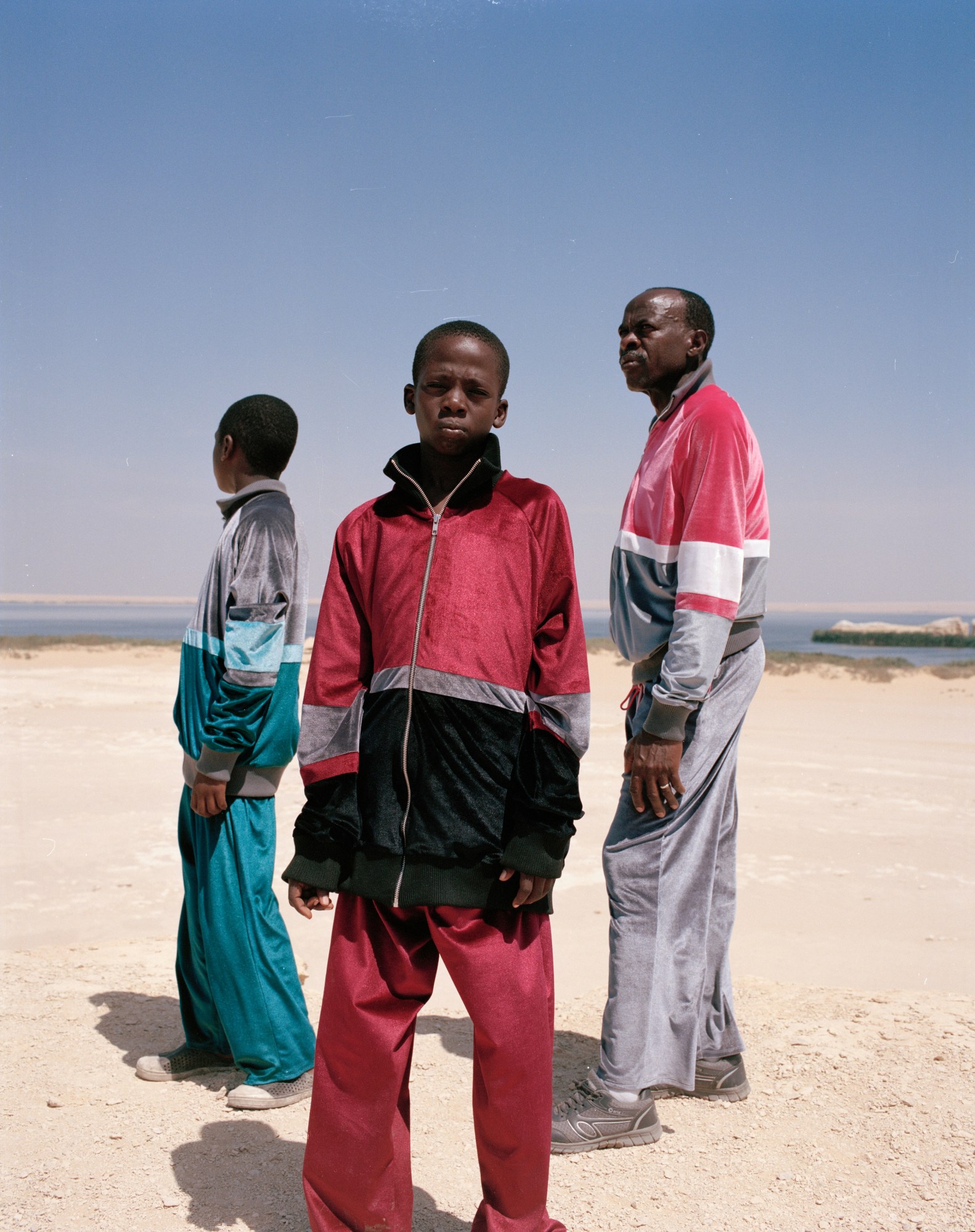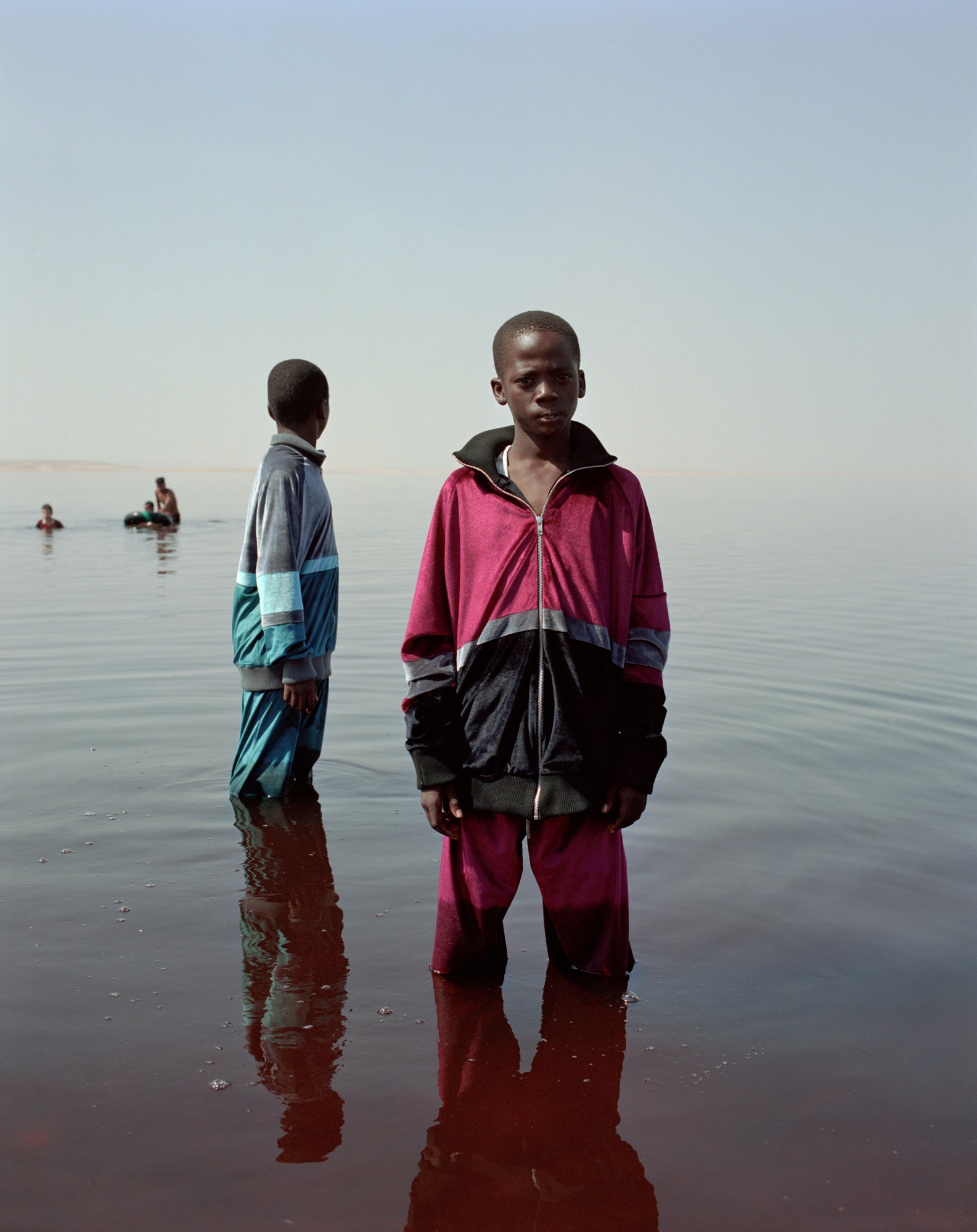“Growing up in in Egypt for the first fourteen years of my life, I felt sheltered and safe,” Cairo-born photographer Rafik Greiss explains over email, “but as soon as the uprising started in 2011, I saw a different side to my country.” As the Arab Spring swept through Egypt and removed its long-term leader, Hosni Mubarak, his eyes were opened to the tremendous social, ideological and cultural divisions that existed in his homeland and he began to document them. “This moment marked the first time I was properly pulled out of my comfort zone and this mentality continues to inspire me today.” Despite leaving Cairo — initially for southwest London and then New York City — his homeland is never far from his mind.
After Greiss moved to London, his creative world collided with art polymath Adrian Schachter and they’ve been friends and collaborators ever since. Last summer, just before the photographer was due to fly back to Egypt for a month, he stopped by Schachter’s New York-based studio to say goodbye, and a new collaboration was born. “Prior to my departure, I had been thinking about my time back home and as I started to imagine what I’d encounter, I met Adrian and he was wearing one of his matching, brightly coloured tracksuits.” With his imagination ignited, a vague idea of a shoot began to form as he packed a duffle bag with a complete collection of tracksuits.

“His tracksuits are celebratory and lavish in their jewel-like colours and rich velvet textures, but there’s something quite utilitarian about them.” As he began to consider scenic landscapes — deciding upon Wadi el Rayan, a desert oasis alongside a waterfall right outside Cairo and a dystopian trashscape near the locals’ residence — and the garments themselves, he realised casting was everything for the story he wanted to tell. “I knew I wanted to participate in my own community, one that is not publicised in mass media,” he explains. Through a mutual friend, he was put in touch with members of a mafia and refugees from Sudan in an impoverished rural neighborhood in Cairo.
Over the course of the casting process, Greiss immersed himself in these communities and neighbourhoods before inviting them to take part in the shoot. “I built relationships by sharing meals and even residing in their homes,” he explains. “Over the course of my stay, I realised the importance of these moments. This was the first time I have engaged in such a way with people with such tumultuous pasts.” In time, he recruited his cast and encouraged them to wear the collection in their own way. “Ultimately, I want viewers to become aware of the subjects’ positions as exiles and people of turbulent hardships, but see their sense of empowerment. They have an authority which is rarely depicted. In the media they’re often represented negatively or as inferior and I wanted to give them the power to represent themselves.”


